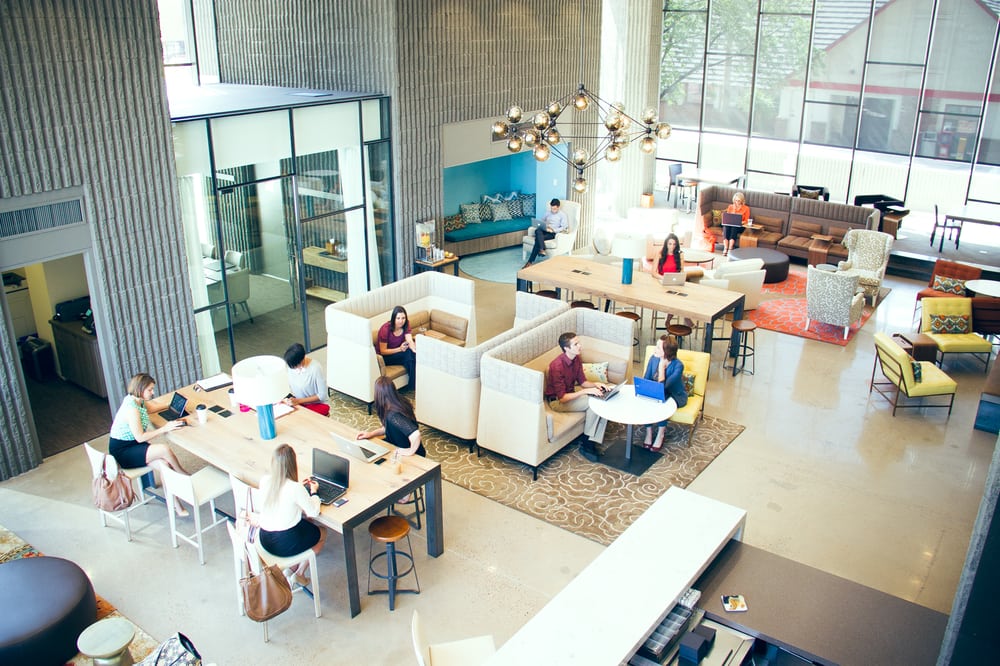Shared Working Spaces
The traditional office setting calls for privacy and seclusion, and this is the system that most companies have relied upon for years. It is thus surprising to find out that people working in shared spaces tend to be more effective as compared to those working in the traditional setting. As such, companies are now working to embrace shared spaces so that they can build up their performance levels.
There are many kinds of shared working spaces on the market, and a company chooses the one suitable for it, based on financial capability and the desired outcome. Check out some of the shared reasons why people in such office spaces are more efficient at their operations.
There is a meaning to their work
Anyone who has worked in a traditional setting can attest to some difficulties in the workplace such as internal politics and having to put up a persona. The person who retires home to rest for the night is entirely different from the person who shows up at work. The difference in persona enables many workers to cope with the drama in the office and allows them to scale their career ladder.
The situation is different in shared spaces where all kinds of professionals show up and work on different agendas. In such a setting, a worker does not feel the need to conform to a norm and finds it easy to express themselves. In this way, one can build on their identity and exploit their areas of strength. With little internal politics in their way, if any, employees can focus their energy on bettering their best at work.
There is also a sense of unity in such spaces and people working in various fields help each other out at work. In this way, a worker knows that there is someone ready to lend a helping hand, unlike in traditional settings where many people take advantage of others’ weaknesses to move up their career ladders. Some shared working spaces operate on a memorandum where workers are advised to work in harmony, and this makes members feel like one entity. Reporting to work in an environment which is conducive gives work meaning, and it results in a highly motivated working population.
Control over operations

Traditionally, one had to be in the office for work to get done and this was very restrictive regarding flexibility. With shared working systems, a worker can show up to work at any time of the day as operations run on a 24/7 basis. As such, one can show up in the morning and sign off early in the day or show up late in the evening and carry on through the night. On days where one needs to focus on the task at hand, one can set up operations in a quiet place and get down to accomplishing the tasks ahead.
Shared tables are great for use when an employee is seeking input from other people at the workplace. People can also work from home with ease on days where they would rather avoid the office or in instances where they cannot get to the office for other reasons. As such, there is a lot of flexibility regarding how and where one can work, and this gives employees the independence that they need to be efficient.
These working systems also have some degree of control such that employees work as a community. In this way, all members come together now and then, and this keeps everyone in check on what tasks lay ahead.
Connections
Human beings are social and having a community to which one belongs increases one’s performance levels. It is easier to report to a working space on occasion than to work from home in entirety. Interactions with other people are not only good for one’s psychological well-being, but they also aid one to see other people’s perspectives and to generate ideas from the same. Another remarkable thing about this arrangement is that the social interactions are not compulsory and individuals are free to opt out when they do not feel up to the task. As such, one can tap away in silence and head to the shared tables or other social facilities in the workplace when they are looking for some social interactions.
There are many reasons why people look to shared working spaces as a way to increase the productivity levels. The primary rationale for these systems is that they have proven effective in optimally utilizing people’s skills.
